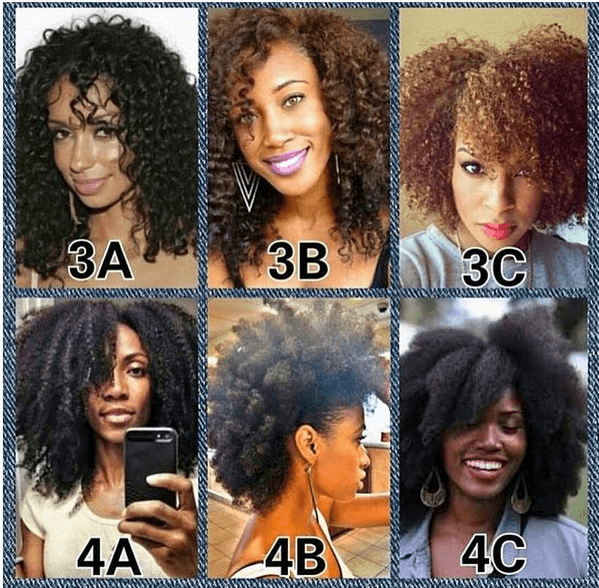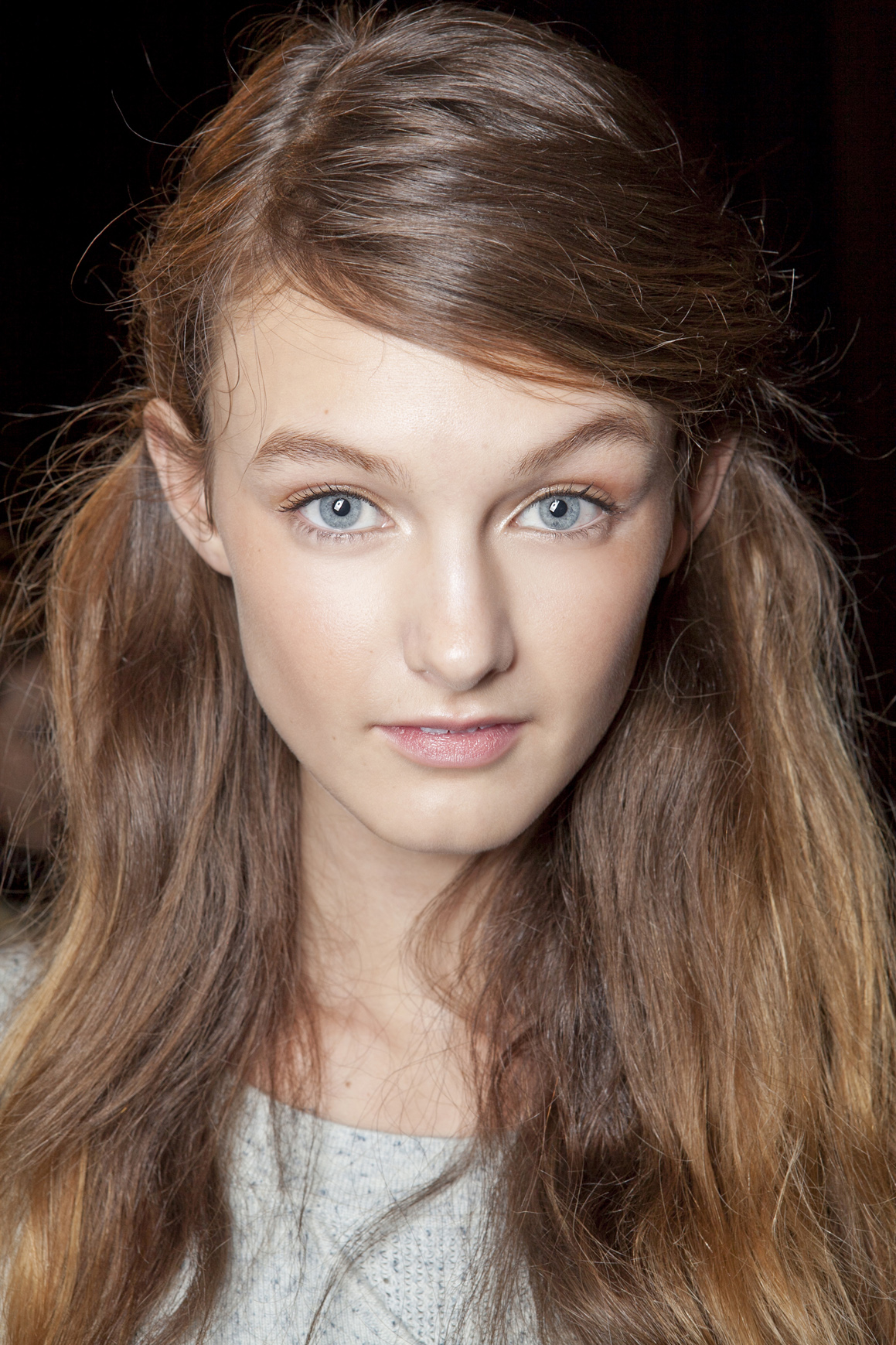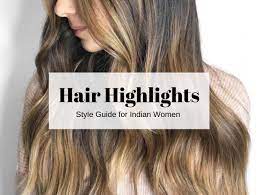Type 1A: Pin-Straight hair that requires extra care

– Pin-straight with wispy ends
– Fragile and breaks easily
– Use moisture-locking products to keep strands hydrated and shiny
– Avoid overwashing and use dry shampoo to control oily roots
– Consider a volumizing haircut to add volume
Type 1B: Straight hair with added softness and volume
– Subtle bends or waves
– Fine to medium strands with some coarse fibers
– Doesn’t quickly become frizzy
– Retains natural scalp oils for a glossy appearance
– Holds curls well and can be easily styled
Type 1C: Naturally tousled waves with medium to coarse strands
– Tousled waves with more straightness than 1A and 2B
– Straight strands allow natural oils to add shine and hydration
– Avoid over-washing and use deep conditioning treatments
– Use dry shampoo to regulate oil production
Type 2A: Loose waves with flat roots and S-shaped waves
– Loosest wave pattern among wavy hair types
– Flat roots with waves starting around mid lengths
– Use proper styling products and techniques to avoid limpness
– Fine strands can become overwhelmed by unsuitable products
– Avoid overwashing to prevent dryness and excessive oil production
Type 2B: Medium texture with loose curl definition and medium thickness
– Sit between tightly curled and straight hair
– More defined “S” shape, prone to frizz
– Requires proper care to avoid flatness, frizz, and tangles
– Use sulfate-free shampoo, deep condition regularly, and explore styling methods

